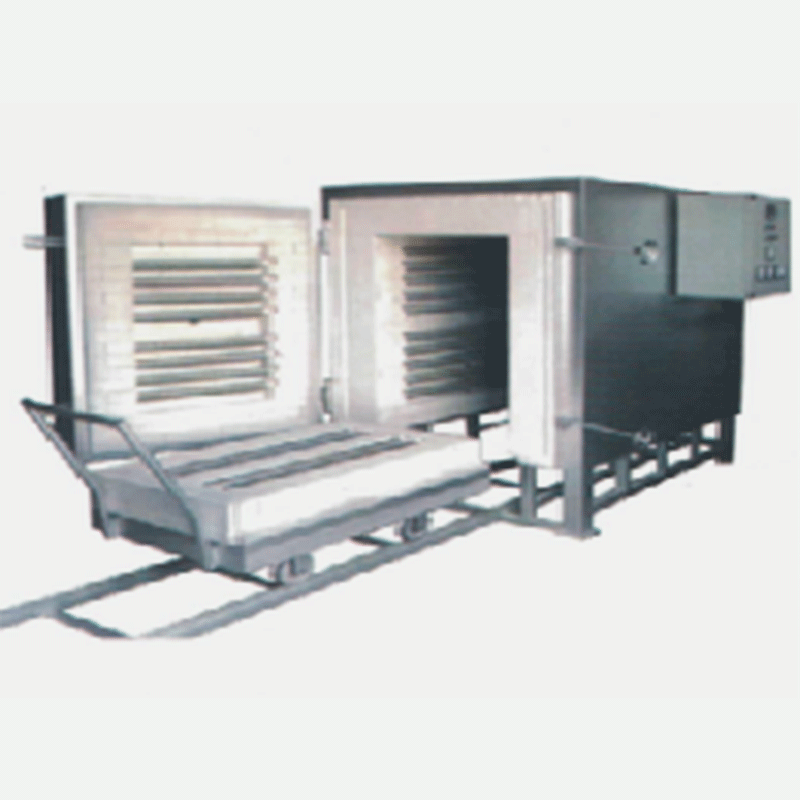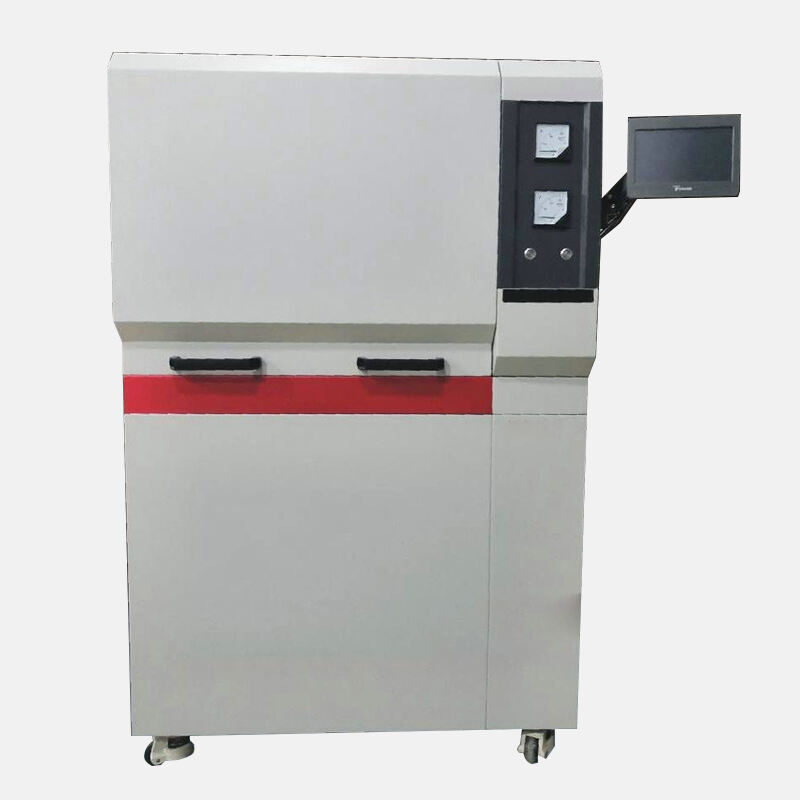Comparison between high frequency melting machine and electric heating melting machine
Misunderstandings about high-frequency induction heating melting machines
In X-ray fluorescence spectrometry, the glass melting method completely eliminates the mineral effect and particle size effect of the sample. After the sample is diluted by the flux, it can reduce the matrix effect caused by the coexisting elements to a certain extent. Since it was discovered in 1956, this technology has gradually developed and matured over the years. It has now been adopted by a large number of laboratories around the world and has become one of the two major sample preparation methods in X-ray fluorescence spectrometry.
In the early days, the glass melting method often used gas lamps or muffle furnaces to prepare slices. Now there are a large number of highly professional and highly automated melting machines to replace them. Currently, the commonly used melting machines are divided into three types according to the heating method: gas heating, resistance radiation heating and high-frequency induction heating. Among them, the gas-heated melting machine has too high requirements for laboratory hardware (it needs to be equipped with a stable gas line) and the high calorific value gas has certain dangers, so it will not be discussed here.
The principle of the high-frequency induction heating melting machine (abbreviated as "high-frequency melting machine") is that the magnetic field generated by the high-frequency current through the coil causes the crucible's own resistance to generate Joule heat, thereby causing the crucible to heat itself to achieve the purpose of melting the sample.
The principle of the resistance radiation heating melting machine (referred to as "electric melting machine") is to use nickel-chromium-molybdenum resistance wire, silicon carbon rod or silicon-molybdenum rod, and achieve the purpose of melting by electric heat radiation heating.
Since high-frequency melting machines are currently used relatively less, there are several major misunderstandings in the cognition. We will compare the electric melting machine to make corresponding explanations:
1. The temperature control accuracy cannot meet the requirements: Compared with the electric melting machine (the highest temperature control is ±0.1℃), the high-frequency melting machine does not have an advantage in temperature control accuracy. However, the current application of infrared temperature measurement no longer requires the old-fashioned contact temperature measurement, and the temperature control accuracy is getting higher and higher.
2. The temperature of each station is inconsistent: This is because some manufacturers' high-frequency melting machines refer to the heating and temperature control systems of the electric melting machines, which adopts a series connection method, resulting in the inaccurate measurement of the temperature of each station.
3. It is not suitable for large-scale sample preparation: This is because multiple stations may cause the temperature of high-frequency melting samples at more than two ends to be inconsistent. The existing high-frequency melting samples are mostly two stations, which is less efficient than the four or even six stations of the electric melting machine. In fact, it solves the problem of workstation temperature control, and also solves this problem.
Fourth, the crucible is easy to break: the high-frequency heating crucible is easy to break. This statement is incorrect. In fact, the damage of the crucible is mainly caused by the corrosion of the oxidizing substances in the sample. You can be familiar with the properties of the sample in advance and reduce the damage of the oxide by pre-oxidation.
Five, the bracket slag: the slag is mainly caused by the oxidation of the alloy bracket. When using high-temperature ceramics to replace high-temperature alloys as brackets. It is completely possible to avoid the situation where the alloy bracket oxidizes and slags and contaminates the sample.
Six, external circulating water is required: compared with the electric hot melting machine, the high-frequency melting sample needs to be matched with circulating water, but at present, it can be matched with a special small water cooler. It can be used for a long time by adding pure water once, and no external circulating water is required.
In fact, compared with the electric XRF fused bead sample preparation machine,the high-frequency melting machine is more efficient, faster, does not need to be preheated, is ready to use, has a higher degree of automation, is simpler to operate, has a faster sample preparation speed, and has a lower cost of use. It fully meets the current environmental protection requirements of energy saving, consumption reduction, and emission reduction, and is a heating method that should be promoted.
Recommended Products
Hot News
-
Advantages and Disadvantages of High Temperature Muffle Furnaces for Heat Treatment
2025-04-21
-
How to choose a muffle furnace suitable for high temperature annealing?
2025-04-15
-
What are the maintenance measures for air permeability tester?
2025-04-02
-
What is the difference between the one-key pre-oxidation alloy melting machine and the ordinary melting machine?
2025-03-25
-
Craftsmanship creates quality! Nanyang JZJ Testing Company successfully delivered 10set customized high-temperature muffle furnaces to help the high-quality development of the refractory industry
2025-03-17
-
How to open the door of a high temperature muffle furnace at high temperature
2025-03-11
-
How to control the heating temperature and time of the multi-function melting machine?
2025-03-05
-
The biggest advantage of the automatic melting machine fusion method
2025-02-25
-
Together we build a quality future - South African customers purchased 3set of T6 melting machines in batches and delivered them successfully, and efficient services help global mining upgrades
2025-02-22
-
Detailed analysis of the advantages of using high-frequency induction multifunctional fusion machine
2025-02-18

 EN
EN
 AR
AR
 BG
BG
 FR
FR
 DE
DE
 HI
HI
 IT
IT
 PL
PL
 PT
PT
 RU
RU
 ES
ES
 TL
TL
 IW
IW
 ID
ID
 UK
UK
 VI
VI
 TH
TH
 TR
TR
 FA
FA
 MS
MS
 UR
UR
 BN
BN
 KM
KM
 LO
LO
 PA
PA
 MY
MY
 KK
KK





















